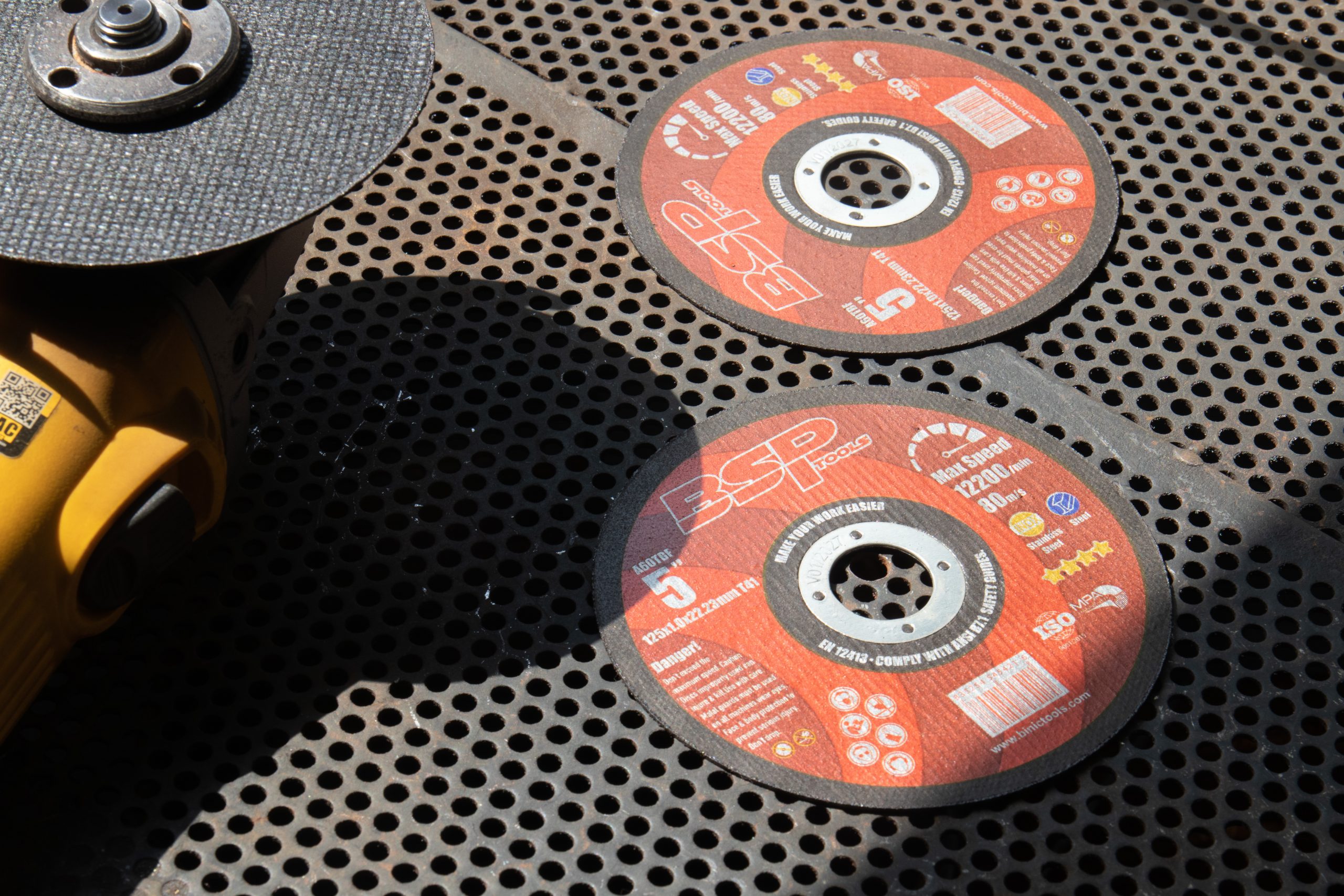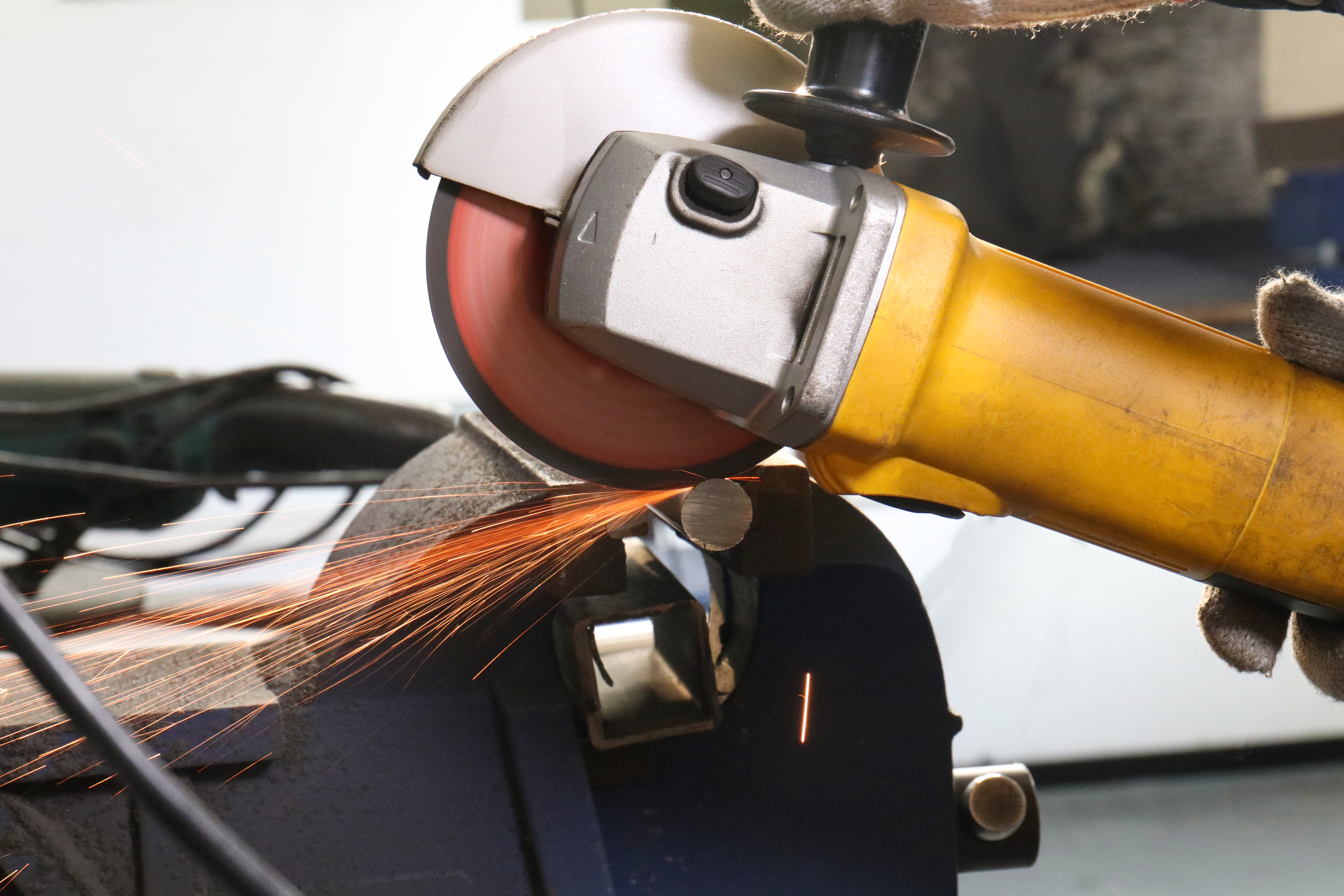Cutting wheels are indispensable tools used in various industries and workshops for precise material cutting tasks. However, improper use or maintenance of cutting wheels can lead to tears, fractures, or even dangerous explosions, posing serious safety risks to operators and bystanders. To ensure safe and efficient operation of cutting wheels, it’s crucial to understand the factors that contribute to failures and implement preventive measures. This article provides a detailed guide on how to prevent cutting wheel tears and explosions, emphasizing safety practices and maintenance tips.
Understanding Cutting Wheel Construction
Before discussing preventive measures, let’s delve into the construction of cutting wheels. Most cutting wheels are composed of abrasive grains (such as aluminum oxide or silicon carbide) bonded together with a matrix material (such as resin, ceramic, or metal). The quality of materials and manufacturing processes significantly impacts the strength and durability of cutting wheels.
Common Causes of Cutting Wheel Tears and Explosions
Several factors contribute to cutting wheel failures:
- Over-Speeding: Operating the cutting wheel at a speed higher than recommended by the cutting disc manufacturercan lead to overheating and structural failure.
- Material Overload: Attempting to cut materials beyond the wheel’s specified capacity can subject the wheel to excessive stress, causing fractures or tears.
- Improper Installation:Incorrect mounting or using damaged flanges can create uneven stress distribution, weakening the wheel’s structure.
- Poor Storage Conditions:Storing cutting wheels in humid or damp environments can degrade the bonding material, compromising the wheel’s integrity.
- Inadequate Maintenance:Neglecting regular inspections or using worn-out wheels increases the risk of accidents during operation.
Understanding these causes is essential for implementing effective preventive measures.
Preventive Measures to Avoid Cutting Wheel Failures
Implementing the following preventive measures can significantly reduce the risk of cutting wheel tears and explosions:
Choose a cutting wheel that is suitable for the material and task at hand. Consider factors such as wheel diameter, thickness, and abrasive type based on the application.
- Inspect Before Use
Before each use, carefully inspect the cutting wheel for any signs of damage, such as cracks, chips, or uneven wear. Discard any damaged wheels immediately to prevent accidents.
- Follow Manufacturer’s Recommendations
Adhere to the manufacturer’s guidelines regarding the maximum operating speed, compatible equipment, and safety precautions. Refer to the user manual for specific instructions.
- Proper Storage
Store cutting wheels in a dry, well-ventilated area away from moisture and extreme temperatures. Use racks or containers to organize and protect wheels from physical damage.
- Correct Installation
Mount cutting wheels securely on the equipment using the appropriate flanges and mounting hardware. Ensure that the wheel is centered and securely fastened before operation.
- Apply Even Pressure
Apply steady and consistent pressure while cutting. Avoid excessive force or pushing the wheel beyond its capacity, as this can lead to overheating and premature wear.
- Monitor Wheel Wear
Regularly inspect cutting wheels during operation for signs of wear, such as reduced cutting efficiency or vibration. Replace worn-out wheels promptly to prevent accidents.
- Operate Within Capacity
Adhere to the cutting wheel’s maximum workload capacity as specified by the manufacturer. Avoid cutting materials that exceed the wheel’s recommended thickness or hardness rating.
- Use Personal Protective Equipment (PPE)
Always wear appropriate PPE, including safety glasses or goggles, gloves, hearing protection, and protective clothing when operating cutting tools.
- Provide Training and Education
Ensure that operators are properly trained in the safe use and handling of cutting wheels. Emphasize the importance of following safety protocols and recognizing potential hazards.
- Implement Regular Maintenance
Develop a maintenance schedule to inspect and maintain cutting equipment regularly. Replace worn-out components and address issues promptly to ensure safe operation.
- Use Cutting Aids
Consider using cutting aids such as lubricants or coolants to reduce friction and heat generation during cutting. These aids can extend the lifespan of cutting wheels and improve cutting performance.
- Monitor Operating Conditions
Pay attention to environmental factors such as temperature and humidity, as they can affect the performance and lifespan of cutting wheels. Avoid operating cutting tools in extreme conditions that could compromise wheel integrity.
- Quality Control
Work with reputable suppliers and manufacturers to ensure the quality and reliability of cutting wheels. Avoid using counterfeit or substandard products that may pose safety risks.
- Encourage Safety Reporting
Create a culture of safety within the workplace by encouraging operators to report any safety concerns or incidents related to cutting wheel usage. Address reported issues promptly to prevent future accidents.
Conclusion
Preventing cutting wheel tears and explosions requires a proactive approach to safety and maintenance. By implementing the above preventive measures and emphasizing safety practices, operators can minimize the risk of accidents and ensure the safe and efficient operation of cutting tools.
Remember, investing in safety measures not only protects operators from harm but also enhances productivity and prolongs the lifespan of cutting equipment. By prioritizing safety and adhering to manufacturer’s recommendations, operators can confidently use cutting wheels to tackle challenging tasks while minimizing risks and promoting a safe working environment.
BINIC Abrasive – a professional cutting wheel manufacturer committed to safety and quality in abrasive products. If you have any needs or questions, feel free to contact us at sale27@binic-china.com.


